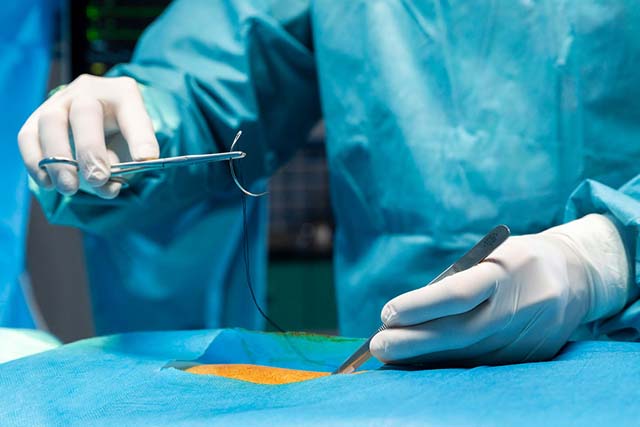The paper describes methods for interventional cardiologists to identify types of calcified coronary lesions and presents an algorithm to guide the use of calcium modification strategies.
Summary The prevalence of calcification in obstructive coronary artery disease is increasing. Percutaneous coronary intervention of these calcified lesions is associated with increased short- and long-term risks. To optimize the outcomes of percutaneous coronary intervention, there is an increasing range of treatment modalities aimed at calcium modification prior to stent implantation. The Society for Cardiovascular Angiography and Interventions presents in this expert consensus document on methods for identifying types of calcified coronary lesions, a core algorithm to help guide the use of the various calcium modification strategies, advice for using each treatment modality to treat this subset of challenging injuries. |
Society for Cardiovascular Angiography and Interventions
WASHINGTON— Coronary artery calcification is increasing in prevalence, leading to increased risks during both procedures such as percutaneous coronary intervention (PCI) and short- and long-term adverse events. Along with these challenges, treatment options are expanding, increasingly including calcium modification before stent implantation. A recently published SCAI expert consensus statement on the treatment of calcified coronary lesions describes methods for interventional cardiologists to identify various types of calcified coronary lesions and presents an algorithm to help guide the use of these various calcium modification strategies.
"This expert consensus statement incorporates detailed advice for the use of each treatment modality and the latest in trials and emerging therapies to help interventional cardiologists address these challenges," said SCAI President George D. Dangas, MD. , PhD, MSCAI.
In addition to outlining methods for identifying various types of calcified lesions and reviewing different calcium-modifying tools , “the paper provides imaging using two different types of intravascular imaging technology and a consensus of practical advice when using the different treatment strategies, including using different types of calcified lesion subsets,” said Binita Shah, MD, MS, FSCAI, chair of the paper’s writing committee, associate professor of medicine at New York University School of Medicine and associate director of interventional cardiology. from the VA NY Harbor Healthcare System. “We brought together the data and our experience with an algorithm designed to identify and address the various phenotypes of calcified CAD. Our group is proud of this document and its uniqueness.”
Among the many conclusions of the consensus document, the most notable include:
- Calcified coronary lesions are becoming common in the cardiac catheterization laboratory and their treatment is associated with increased short- and long-term risks compared with noncalcified lesions.
- The use of intravascular imaging and appropriate use of calcium-modifying devices may help decrease these risks.
- The authors propose an algorithm for how to identify and treat these lesions with the various calcium-modifying devices currently available, along with tips and tricks for using these devices.
"This consensus statement aims to raise awareness of the prevalence of coronary calcified lesions, the ramifications of testing for these lesions when indicated, the various treatment options available, including advice for using them, and to provide an algorithm for choosing between these treatment options," said Robert F. Riley, MD, MS, FSCAI, director of the complex coronary therapy program at Overlake Medical Center & Clinics.
For the interventional cardiologist community, "our hope is that this document will help improve outcomes for some of our most difficult patients," said Mitul Patel, MD, FSCAI, an interventional cardiologist at the VA San Diego Health System.
















